
In this interview, we are talking with Kevin Van Lancker, founder and CEO of Sportwear of Tomorrow, a clothing manufacturer of sublimated sportswear. They are the first and largest Print on Demand manufacturer in Europe for the cycling and triathlon industry and work with clients worldwide.
Kevin gives us the inside view of what brands need to think about when looking for manufacturing, how to best prepare, and how to create a fruitful relationship with the manufacturer. He also gives you insights into how you can work with an on-demand manufacturer, mistakes to avoid, and how the industry is evolving.
Sportswear of Tomorrow is the most technologically advanced private label, sports- and swimwear manufacturing plant in Europe, and Kevins shares with us how his background in IT has led to the introduction of Artificial Intelligence in their manufacturing process.
Whether you are about to start or you have been running your brand for years, this episode will give you loads of tips on working with a manufacturer, and insights into what possibilities there are when working with a manufacturer at the forefront of technology.
If you prefer listening to the interview instead of reading, it’s The Apparel Entrepreneurship Podcast Episode 35. You can find it here! Or, on your favorite podcast platform.
[Apparel Entrepreneurship]: Hi Kevin! Please tell us who you are and tell us a bit about your background.
My name is Kevin Van Lancker and I am the CEO at Sportswear of Tomorrow, a manufacturer of sportswear with factories in Latvia as of 2020, we have a plant in Romania as well. We focus on sublimated cycling and triathlon apparel as well as activewear. Originally I am Belgian but moved to Latvia 10 years ago. I am in this industry for 17 years, whereof the last 10 years, I am on the manufacturing side, whereas before that, I would be on the client side with my own skating apparel brand. It’s apparently not that easy to find a manufacturer for your sportswear brand, especially as a startup when you need flexibility on order quantities. After trying to work with subcontractors in Colombia, Belgium, and Lithuania, I experienced the same as many of your and my clients, that it’s hard to find a person that understands your business and your business needs to make your brand a success.
[Apparel Entrepreneurship]: What is your background, have you always wanted to work in this industry?
Well, actually, when we go back in time, when I was just 3 years old, I started roller skating as an after-school activity as my parents weren’t able to take my brother, sister and me from school as the school would end too early. By the age of 16, I made it to the national team and later became a pro athlete in inline speed skating. Those were my 1st steps in the sports world. I am still in the sports world now, at the age of 37.
When I was still skating, I started an online shop in roller skates, which grew into a European distribution company for an Australian brand. As the demand was growing, I started my own skating apparel brand, which failed as I chose to work with the wrong suppliers. I closed down the company and joined the computer giant IBM as I studied IT in secondary school. However, I got totally bored sitting there. I know these companies do very well and do great things and are a perfect environment for someone that likes that kind of corporate structure, but definitely not for me.
So, after my working hours, I would try to build my brand again, by using different subcontractors in Colombia and Belgium, which would let me down on the most important and urgent orders. Eventually, my own reputation stood on the line.
I saw there was definitely a need for a reliable sportswear manufacturer in Europe. I understood the only way forward is for me to move to Eastern Europe (where a lot of textile companies exist to date). I quit my job and moved to Latvia to be closer to the factories that would produce my orders. But even that didn’t work. Because of the USSR work mentality, because of them being greedy and going after my customers, because they were used to their old way of working and teamwear (low volume per style) for them was definitely not something that interested them.
I never thought I would have a textile factory at my age, but I also do not regret this step. I am really excited about what we are going to discuss during this interview as I really believe the industry is changing fast and for the good of the brands. As the company name ‘Sportswear of Tomorrow’ suggests, we are definitely at the forefront of this industry with a game-changing approach and tools that allow brands to work completely differently. That means: reducing the risk of getting less inventory on stock, and faster deliveries. A more ‘on demand’ approach.
[Apparel Entrepreneurship]: How did you attract your first client to your factory?
At the very beginning, we would be just making skating apparel and we would be a supplier to a small Dutch brand that also sold some cycling clothing. So we started to produce more cycling apparel. Then, the small brand was acquired by a very large group. There is a strong drive from the management to expand this brand internationally. Suddenly we had a lion on our hands, that could fill our whole factory with orders. And as we expanded our factory with more machines and people, we could handle more customers. So we were at the right time, at the right place.
[Apparel Entrepreneurship]: Who are you serving? What type of brands are you working with? Small or big brands?
As I was exactly in the place of many startups a few years ago, where subcontractors would not want to work with us as we were a new brand and they were used to doing large runs of 1 style, we work completely the opposite way. Everyone is welcome to come and discuss his or her project and we will set up the best possible way to work. Today, we also work with several A-level brands that are well established, which give us a good base of returning orders, on top of which we do team wear orders, which tend to fluctuate in volume.
[Apparel Entrepreneurship]: What services do you have? What can you do in your factories? What can you support the brands with? Pattern making, design, cutters and sewers, quality control. Do you have any R&D facility?
We like to say that we offer an A-Z solution for brands looking for manufacturing sportswear in Eastern Europe. It helps that I am Belgian as it gives that extra bit of safety for brands willing to start to work in Eastern Europe as there is still a bit of distrust between Western and Eastern European companies.
So, coming back to services, we can help with pattern making (base pattern + sample + grading + preproduction sample). We could then apply artwork on these new patterns, if the client wants to add a sublimation print, or we would just do cut & sew if not.
In fact, the sublimation setup we have is unique in Europe in that, that it’s very automated. As I studied IT, I am lucky to be able to combine that background of automation with what I learned in recent years in the textile industry, both as an athlete as well as a brand and factory owner. Of course, I also rely on lots of partners that each have their own expertise, such as the sublimation manufacturer, the printing paper partner, or the various European fabric suppliers in Italy, Spain, Poland, and Lithuania.
The sublimation printing happens on the latest Mimaki printers and once the fabric is printed, we then rely on a 3.2m wide calendar press that allows for 2 rolls to be printed at once. The output is thus very high. The cutting process is steered by artificial intelligence. The AI-driven cutting table would scan the printed fabrics and cut them out piece by piece, extremely fast with high precision. The AI technology then shows the employee which piece to pick up and on which bundle to place it, so we can avoid human errors at every step. It helps a plant like ours to use the printing paper and fabrics as efficiently as possible, which eventually helps the brands as we can offer better pricing.
We also help clients source fabrics. Whether these are standard blends or recycled fabrics. We work with most of the Italian mills that are well known for their wide selection of sportswear fabrics.
[Apparel Entrepreneurship]: What is your process of getting clients, do you exhibit at fairs and reach out and present your services, or do brands come to you?
I usually attend ISPO, Eurobike, and Performance Days. As I am in the industry for quite a while now, it has become more of a day of having coffee with everyone again and discussing new projects. We also connect with clients via LinkedIn, Instagram, and Facebook. The channel would depend on the size of the client, and the type of person I am interacting with. As we rank high in Google, if you search for ‘Sportswear manufacturing in Europe’, we receive emails and whatsapp daily from brands looking to outsource production.
[Apparel Entrepreneurship]: What do designers need to know before meeting with you? What should they prepare before meeting with you?
We see that most of the clients know more or less what they want. However, many ask for a catalog from which they could pick products. Today, we don’t have a catalog yet from where a client could pick products as we design the client products from scratch. We would appreciate it if the client has sketches with a measurement chart and maybe already had a look at which fabric he or she wants to use. What we definitely don’t want, is to receive a very short email with something like: ‘Hi, we want to start a sportswear brand. Bye’. Believe me, we receive these way too often. We have a quite informative website and a blog where we publish articles, which all should help to educate the person who wants to start up a new brand. We don’t mind leading the way and helping you out where you need assistance, but we would like to see that you are serious about this. We have a development fee that we charge to customers, but sometimes it costs us much more to develop the product. We would not charge that cost to our customers, so we need to be sure you are going to go ahead with your bulk order.
[Apparel Entrepreneurship]: According to you, what is the best setup for a brand/manufacturer partnership? What does the brand need to do, have and what do you need to do/have to have a fruitful partnership?
Look, after my bad experiences working with different subcontractors, I suggest brands to be honest with their production partner. If you are at the very beginning with your brand, just say it. Don’t promise quantities that you could never reach. If you struggle with something, such as patterns or sourcing fabrics or prints, just discuss it with your manufacturer. They may have all the people in-house, like us, to help you further. You may have to spend a few more euros, but you will be better off. You will waste a lot less time for yourself and the manufacturer. Honestly speaking, we have had to stop working with some clients as they would not work structured and we had the feeling we would never make the client happy. Communication is everything. Maybe we are not the right partner for you, and then it’s best to find this out from the very beginning. Other than that, having an idea of target pricing also works. Latvia and Romania are both in the EU and the salaries for employees and rent are significantly higher than they used to be, say 15 years ago. We cannot offer the prices some Asian manufacturers offer on bulk orders. If you discuss with us, we can also give you some idea of the pricing you can expect. Or you can also find some reference pricing on our website www.sportswearoftomorrow.com
[Apparel Entrepreneurship]: What are you looking at when taking on new projects and brands? How do you accept brands? How do you decide who you work with or not?
Good question. Unlike some other manufacturers, we do not focus on volumes per style. The absolute maximum size of the order would be 500 pieces per style. Our minimum order quantity (MOQ) per style would be just 1, but there are terms and conditions. Not all garments can be made with just 1 piece as MOQ.
If we see that the brand or startup has a clear vision of what they want to achieve, and if they can answer our basic questions, I am sure we can find a way to collaborate. Besides that, we have a range of over 200 products that can be customized with the brand’s print and labels, on which the minimum order quantity can be as low as 1 piece.
[Apparel Entrepreneurship]: What do you wish brands would ask you more of?
We are open to all customers willing to add sublimation printing on their apparel. We are well set-up for this and know that we can strengthen brands with our know-how. Cut&Sew (CMT) isn’t our core business, although it’s discussable during times we have less orders and if we have all the required technologies in terms of sewing machines in-house.
[Apparel Entrepreneurship]: What mistakes do brands make when reaching out to you?
Failing in communication is the most frustrating. Clients would reach out, exchange a few emails, then disappear for a while (maybe because they have their day-jobs still or other things going on), but nothing is more frustrating than having to sit and wait for days or weeks without news, for then the customer to reappear and then want everything extremely fast. Building a strong partnership starts with good communication, clearly agreeing on every step you are going to take together, and outlining what you expect from each other.
[Apparel Entrepreneurship]: What do you like about being in this industry?
I worked previously at IBM as said before, which is a really great company. I think they do really great things, but it was just not for me. Meetings could be emails. The corporate style just did not fit me.
If I compare that to the sports industry, I would have clients coming to meet me in casual wear, or even shorts and slippers in summer, but therefore the meeting wouldn’t be less serious. I’ve grown up in the sports world, so I am used to this habitat of athletes.
Besides that, several of my clients used to be ex-colleagues in skating, that now work as product managers at very large sports brands in France or Switzerland. So I am really happy to be able to work with super motivated people that work in a very fast-moving environment.
[Apparel Entrepreneurship]: Where do you think this industry is going and specifically the manufacturing business? What does the future look like?
I am happy to answer that question because, for people that follow us already, I think they could see that our company is at the forefront of changing the European textile manufacturing industry. That’s mainly because at school, I was a rather lazy student. That helped me in doing things more efficient always. When I saw my graphic designers copying and pasting designs and grading them to fit a certain size for days, my eyes would hurt and I would think about how to automate it.
In the Spring of 2020, we are launching a state-of-the-art platform that seamlessly integrates with a brand’s website. Their end customer can pick the products they want to customize, and can order any garment without any minimum order, that the brand would have selected with us.
The platform allows for On-Demand Sportswear Manufacturing. It would help small brands (or basically just anyone) to start a sports brand without inventory. It would help large brands to reduce their stock dramatically so as to limit the risk in cash investments in large stock. Besides that, we can drop ship every garment to the end customer directly, with the label of the brand where the end consumer bought the garment. So, not at any stage, the end client can see that the product is made by us. This platform is a true game changer and we have even had a global company offering to purchase the platform so they could have exclusivity but we rejected the offer as we know we are onto something big here, where we can help all sportswear brands, especially those that work with sublimation, to save time and money. Earlier in 2019, I also rejected an acquisition offer from a major American PrintOnDemand manufacturer. I mention it because we really believe we have created the traction to transform an industry that has been working with old methodologies for way too long now and brands really should get in touch to learn how we can transform the way they do things.
[Apparel Entrepreneurship]: What changes have you made when sustainability and circularity are a big focus for brands? How do you work with sustainability?
Well, together with our partners in technology, we have built state-of-the-art software that automatically brings all orders together, and the software would then lay out the prints in such a way that we have absolutely used the fabric in the most economical way. The textile industry tends to be still one of the most polluting ones, so we are doing a big effort to reduce our carbon footprint. Also, we suggest brands use fabric leftovers, to maybe make a new product out of it, or if it’s too small, use the small waste as cords to attach hang tags to garments.
Besides that, we work with fabric suppliers that use the Econyl yarn. Econyl is a brand of an Italian company that focuses on producing recycled fabric yarn. Our fabric suppliers would then blend the different yarns with elastane or other yarn, which makes that today, we have a wide range of fabrics made of recycled ocean fishing nets and plastic bottles. We also encourage brands to use recycled fabrics and are also reducing the number of brands in our portfolio that are not making a move to reduce the usage of standard polyester in their garments.
[Apparel Entrepreneurship]: Has the demand changed in the last few years in regards to DTC brands, drop model, and leaving the seasonal model?
As we are at the forefront with our PrintOnDemand solution in sublimated sportswear, we have always been brainstorming with clients how we all could reduce our risks in stock and enable a more ‘on demand’ approach.
I see that many brands today are still working the traditional way but are slowly transforming their business. It’s sometimes unbelievable that brands who clearly have the financial capacity to do it all differently, hold on for too long to old models of working, with the risk that other, younger brands rise fast. Especially the cycling industry has seen several fast-rising companies. It’s no surprise that we are behind these brands and driving this new way of doing business.
Of course, e-commerce is forcing large brands to move, to make this big new step and there are plenty of opportunities for factories like us, which are already experts in this field, to help brands to make that transition as smoothly as possible.
[Apparel Entrepreneurship]: In regards to technology and machinery, with your machine park, how do you see manufacturing evolving?
How sublimation is done today is already completely different from what it used to be. It’s really unbelievable if you see the large printers in action. However, to be able to operate such printers in our current business model with on-demand, asks for us to be well organized and prepare orders as efficiently as possible. That is quite a task if you work with very low MOQ’s.
What I think is the next big thing, is the replacement of seamstresses by sewing robots. I have seen some videos so it’s definitely something that’s going to drastically change our industry. And maybe also necessary, seeing the scarcity of seamstresses today.
But as to sublimation printing and cutting, I think today we have the best setup in Europe for making sportswear in very short time frames, which could be as fast as 3 working days, fully track and traceable, and making print-on-demand possible. We will continue to always be on the lookout for new equipment that comes on the market that will allow us to be the main player in print-on-demand sportswear manufacturing in Europe.
[Apparel Entrepreneurship]: This industry is moving so fast, what would you want to see more of, and what would you like to implement?
Our new platform is definitely a game changer, which will be implemented in Spring 2020 and is completely changing the e-commerce world in sportswear. Brands no longer need stock. We would fulfill the order as it comes in and drop ship to the client in just 3 working days. Besides that, from the moment the client has designed his order, till the moment the package is on his doorstep, he can follow the order via our track-and-trace solution. So the client would know at any given moment, at which stage of production the order would be. We are already preparing for the next level, which will be implemented in 2021, but I cannot elaborate on that for now.
[Apparel Entrepreneurship]: Do you ever work on colabs? Meaning you and the brand go into it 50/50?
We are indeed already involved with a couple of brands. We would take care of the manufacturing, fabric sourcing, designs, etc., of course always in close collaboration with the brand founders. This collaboration would allow for the founders to focus on what they enjoy, which I believe is the brand marketing, the selling part, and Instagram and Facebook posts, which we – from our end aren’t strong at.
[Apparel Entrepreneurship]: Worked with so many brands, do you have any brands that have exploded in growth? That have come to you as startups and where you have seen huge growth?
There is an activewear brand that we helped from the beginning, where I had the feeling the young owners were just playing around and today, they have hundreds of thousands of followers on Instagram. Their branding is really on point and that’s exactly what I meant earlier. If brands do branding, and the manufacturers do manufacturing but keep communication always well aligned, they can reach really great things together.
[Apparel Entrepreneurship]: If yes, what do these brands have in common, what has made that they have grown and succeeded?
The brands we see that succeed are athletes that know that you only reach the top by putting in the hard work. No contemplating, just plain hard work. And of course, they need to realize it takes time to build a brand. That every post, every hashtag, every fabric choice matters. And don’t underestimate the manufacturing partner. I learned it the hard way and we now have a slogan that says: The manufacturer behind your brand makes or breaks your brand. I really recommend you to not necessarily go for the largest factory, nor the smallest one. Find a partner that matches your needs and which matches the plans you are aiming at.
[Apparel Entrepreneurship]: What does the manufacturing scene look like now in Europe? Many brands moved their production to Asia and now many are coming back.
I never liked dealing with Asian suppliers. When I put my first steps into the business world, we were working with the Australian company and we would have to deal with people at customs, logistics companies. It was such a hassle! Next to that, there is the time difference, the language barrier, the Chinese New Year, and so on. Unless you are a really big brand that can order containers full of apparel or send your production manager there to go check production, I would recommend just look for a European manufacturer. There are plenty of options in Eastern Europe. We avail of all technologies required and are flexible and fast. All the things that your brand needs.
[Apparel Entrepreneurship]: We see many brands offer personalized products. Is it something you can do and what are your thoughts on this and its future?
We are indeed at the forefront of this. Just to give an idea, we could allow for example for the Brussels marathon, which yearly has 40 000 participants, for each runner to have their name and number PRINTED on the garment. Not afterwards on the garment, but automatically added during production already. Nobody has to manually add names and numbers. You just upload the list of participants in excel with the size, name, and number (or any other variable) and it would make the print files automatically. There is absolutely no manufacturer out there who could do this, in Europe.
We are fully set up to make orders piece by piece, fully custom-made. Not only in terms of print, but also with pattern amendments such as longer or shorter arms, longer or shorter legs on a cycling short, and choosing the different color of zipper or thread. In fact, full custom sportswear manufacturing with no minimum orders is what we are known for and, of course, besides that, until the market has fully developed, we will continue to help brands with their team wear and collection manufacturing needs.
[Apparel Entrepreneurship]: Last question, what would you recommend to the listeners of our Podcast or the people that read this transcript, and are interested to start a brand?
For startups – You have found the right source of information here on Apparel Entrepreneurship. Set-out your short-term and long-term goals. Discuss them with the parties you engage for your brand. Do not look too far. The solutions for your startup are available in Europe. Don’t overthink. Make small steps every day, you will be surprised where you will stand in a month.
To large brands – Do not hold on to old ways of working as technology has and is moving extremely fast. Various processes can be done faster and cheaper now. Discuss with us how to change your supply chain and how to make your route-to-market for new products as short as possible. Last but not least, I wish everyone a successful 2020 and to reach the goals they have set for themselves. Thank you for having me, to Ana and Klas from Apparel Entrepreneurship
This Course will guide you through our proven 6-step success blueprint, on how to go from just an idea, to learning exactly what it takes to launch your own profitable sustainable apparel brand.
The Solutions Directory For A Circular Fashion Industry
Sustainable Fashion Business Software
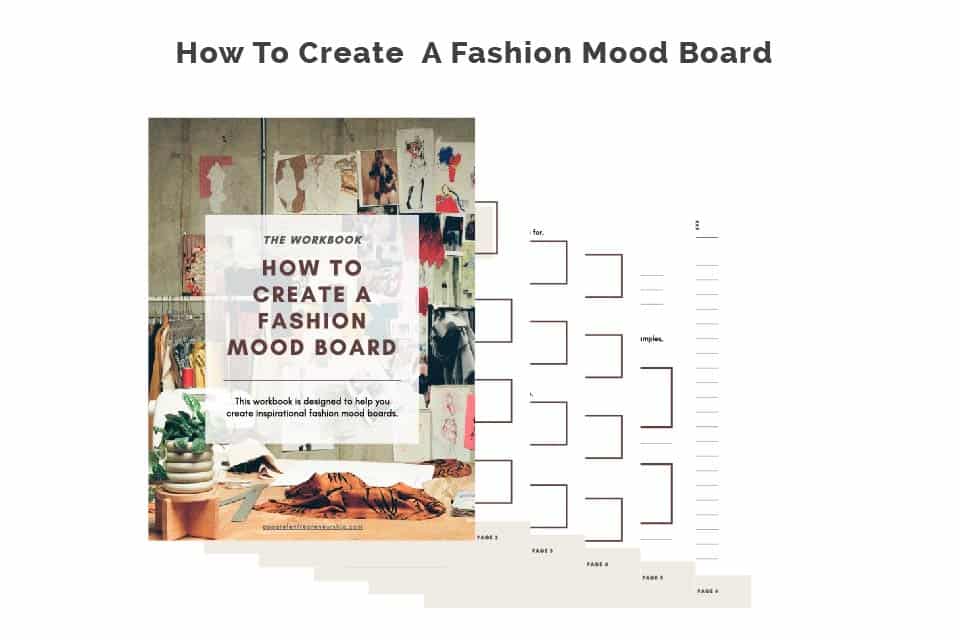
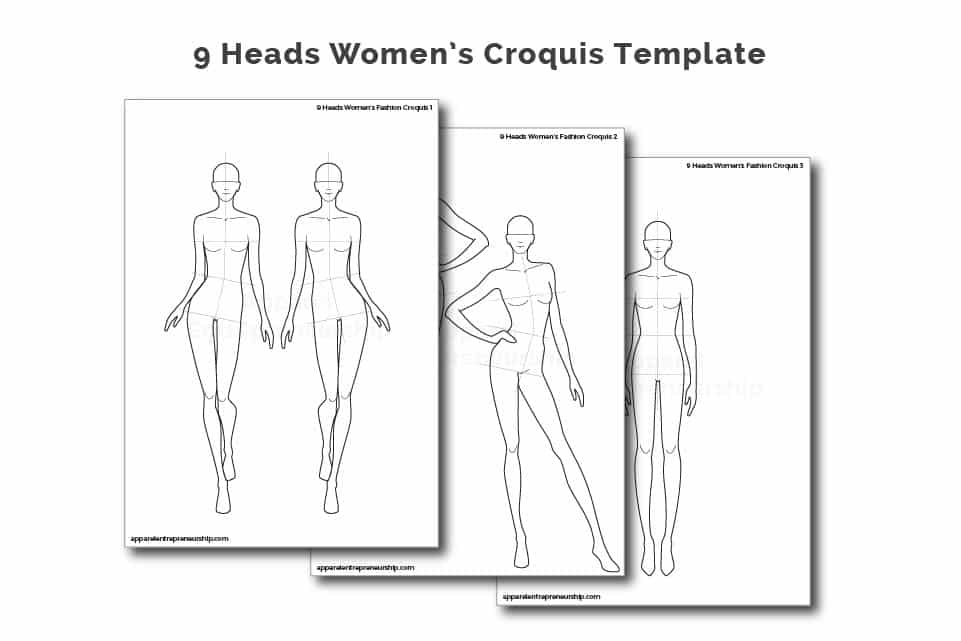
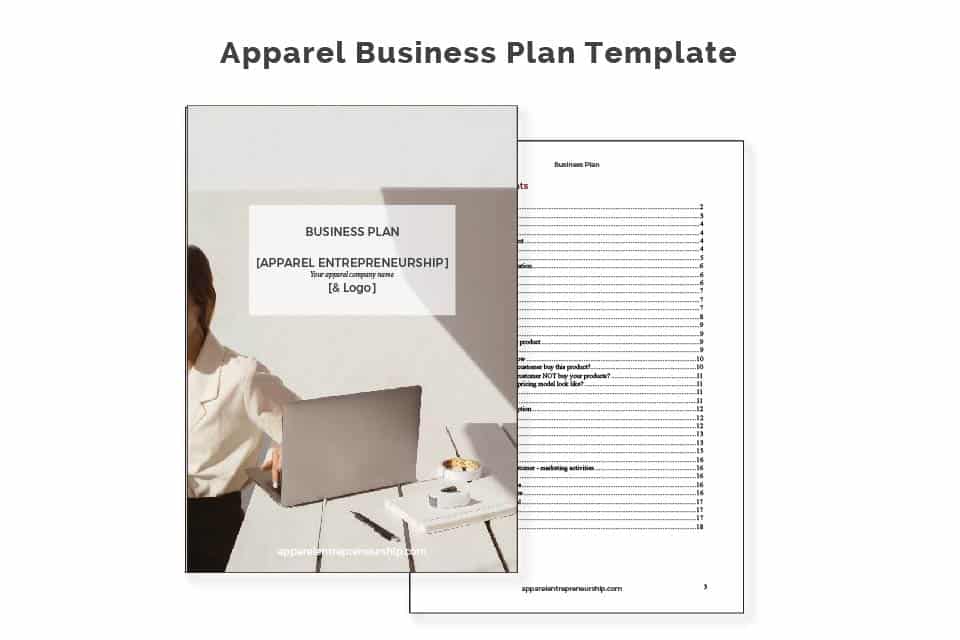
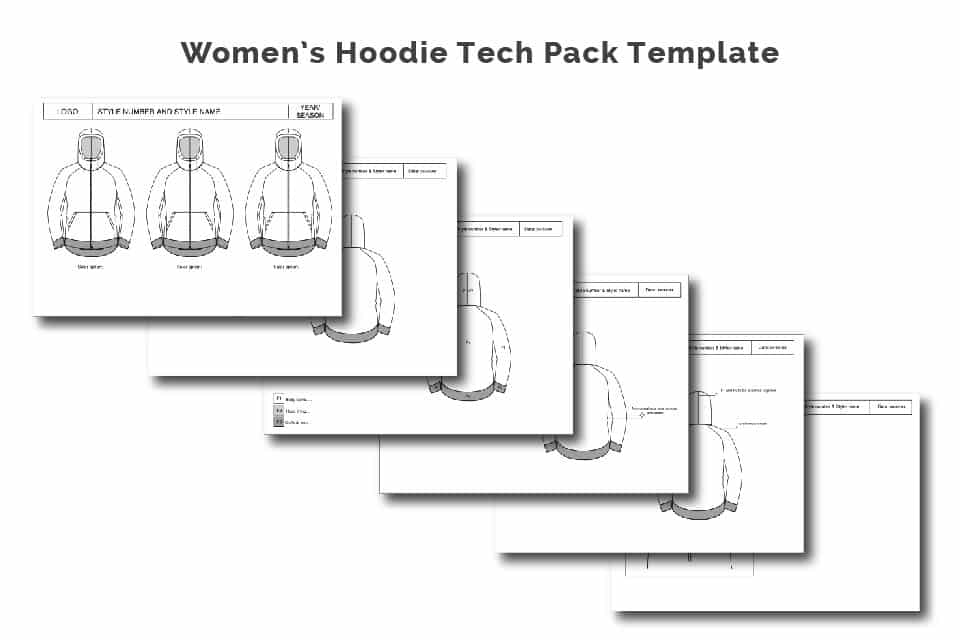
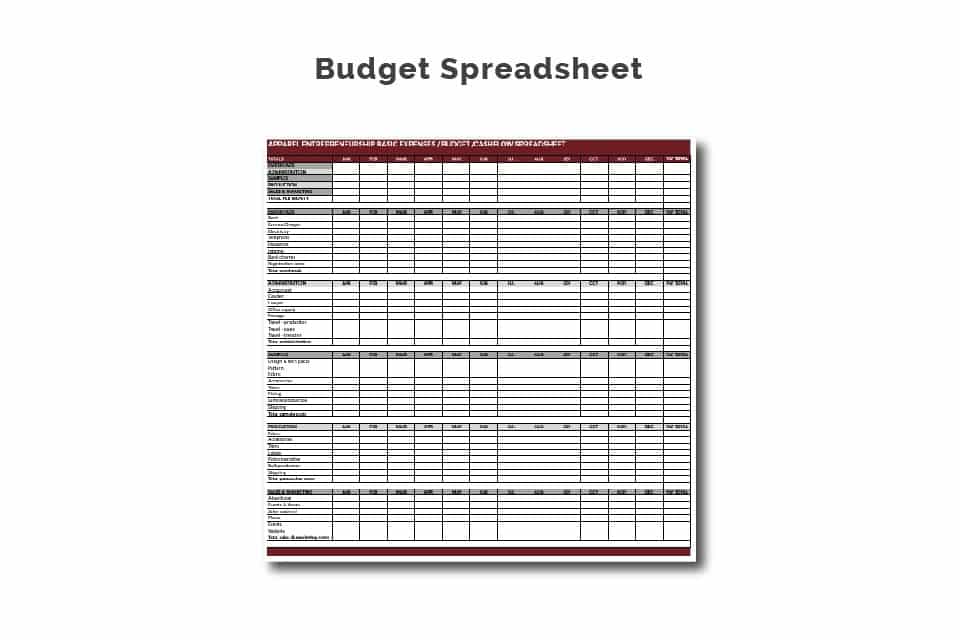
Your data will be handled according to our privacy policy.